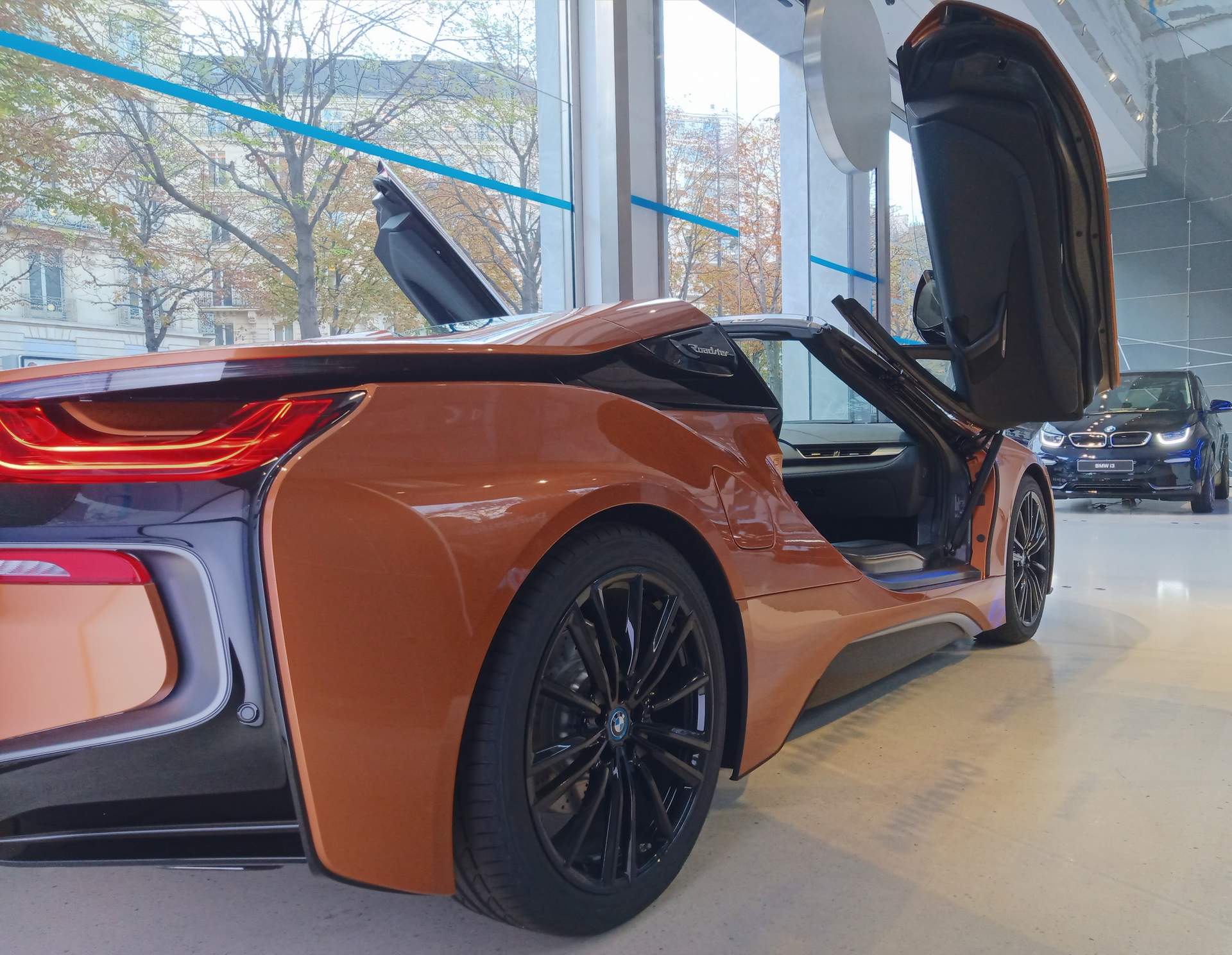Ever bought something fancy thinking it’d be an investment, only to watch it lose value faster than your crypto wallet in 2018? Yeah—luxury cars can be exactly like that. One minute you’re flexing on your neighbors with butterfly doors and bespoke leather, the next you’re Googling “why is my dashboard smoking” while the resale value sinks like it’s wearing cement shoes. It’s the brutal truth: not all high-end rides age like fine wine—some curdle like gas station milk.
We’re talking six-figure beasts that looked like they’d hold value forever, but instead nose-dived harder than a reality TV star’s second season. From hybrid hype machines to supercars with service bills that require a second mortgage, these vehicles left a trail of broken dreams, busted bank accounts, and wildly awkward Craigslist listings. So whether you’re car-curious, schadenfreude-prone, or just here to laugh at other people’s expensive mistakes, buckle up.
Here are 11 luxury cars that absolutely tanked in value—and took their owners’ egos along for the ride.
1. BMW i8
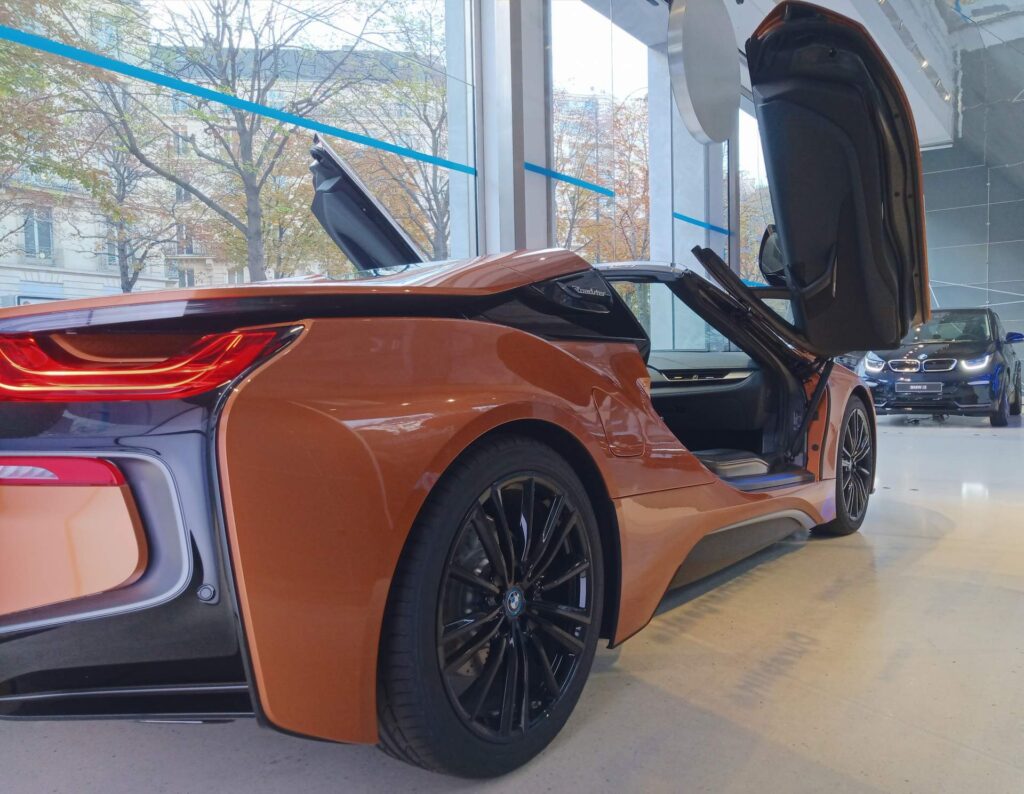
When BMW dropped the i8, we all cooed over its sci-fi doors and hybrid tech. But excitement quickly gave way to reality: battery degradation, costly electronic repairs, and resale values that felt like someone hit “eject” mid-chart. Per Carbuzz, the i8’s second-hand price tag sank by almost 60% in under four years—ouch. Those carbon-fiber panels and signature “butterfly” doors aren’t cheap to replace, either. Enthusiast forums warn of software gremlins lurking in every update, often requiring dealer reflashes that cost a small fortune. And while ownership feels like piloting the Enterprise, the real warp speed is in the depreciation numbers.
On top of that, regenerative braking systems and hybrid batteries need specialist care, meaning you can’t just pop into any garage on a Sunday. Add to that a stratospheric insurance premium (seriously, it’s a unicorn target for thieves) and limited electric range—and suddenly, your futuristic steed feels more like a wallet-siphoning spaceship with grounding issues. Charging infrastructure was patchy when the i8 debuted, leaving some owners tethered to premium public chargers with per-kWh fees that sting. And despite its green cred, the i8’s lifecycle carbon footprint—including battery production—raises eyebrows among eco-conscious buyers. In short, the i8 might look like tomorrow’s car, but its ownership experience can feel like yesterday’s financial mistake.
2. Ferrari 360 Spider

The Ferrari 360 Spider was the V8 dream come true—pearly finish, retractable roof, and that spine-tingling exhaust note. But three years in, those curbside curlicues of pride turned into bruises on your bank account: the 360 boasted one of the steepest depreciation curves of any modern Ferrari. According to Exotic Car Hacks, values plummeted nearly 50% in the first three years alone. You paid $140K new, only to see it sink closer to $70K faster than you can say “flat-spot tire.” Enthusiasts might tell you that rarity and patina could eventually buoy prices, but for most owners, that’s a distant hope. Insurance costs are through the roof—this isn’t the kind of car you name “old faithful” without an aneurysm in your wallet. And if you ever decide to flip it, be prepared for auction fees and broker commissions that carve another chunk out of your return.
Maintenance wasn’t cheap, either—tires, belts, and service bills made Audi-owning friends look downright frugal. The carbon-ceramic brakes and those finicky F1 paddle shifters needed constant attention, turning weekend joyrides into workshop pop-ins. By year five, the 360 Spider had become the automotive equivalent of that gym membership you never use: expensive, underappreciated, and haunting your bank statement. Even something as simple as a coolant flush could trigger dealer-level labor rates, so routine upkeep felt anything but routine. The aftermarket parts market is thin, too, since Ferrari’s tightly controlled supply chain limits aftermarket competition. All told, the 360 Spider can be a midlife-crisis siren that leaves you with more monthly bills than memories.
3. Maserati Quattroporte
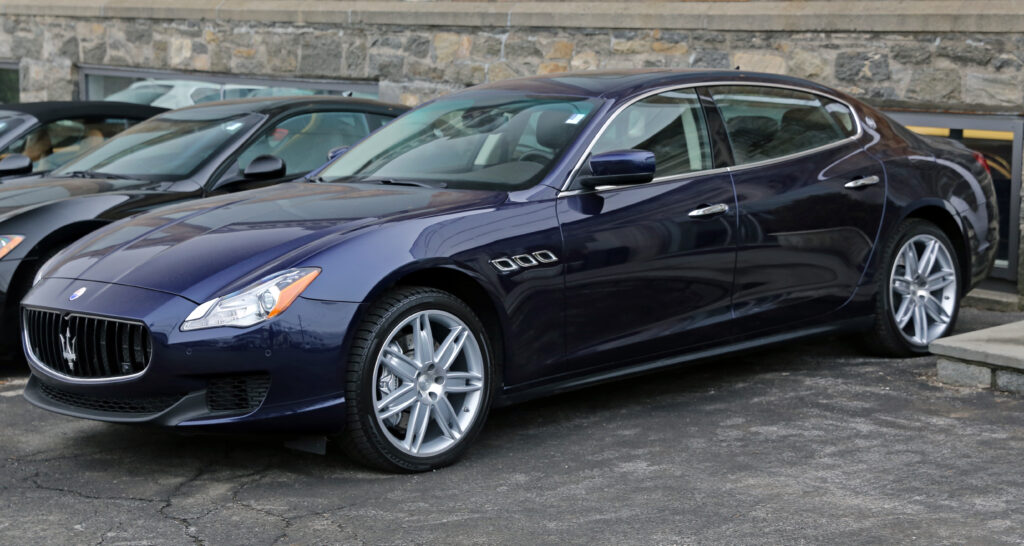
If you love Italian flair and cabin leather that whispers “la dolce vita,” the Quattroporte initially seems like a steal. But under that purr lies an Achilles’ heel: rock-bottom resale and persistent electrical gremlins. As reported by The Drive, Quattroporte owners watch up to 55% of their car’s value evaporate in just three years. The first thing you’ll learn? Maserati’s aftersales network is thin, so you’ll schedule appointments weeks in advance. And even then, waiting for rare parts can turn your sedan into a driveway ornament. Collector interest is lukewarm, too—this isn’t the Quattroporte of old that auctions for six figures, so you’re stuck selling to private buyers at basement prices.
Legendary alternator failures, glitchy infotainment meltdowns, and a thirst for premium-grade gasoline mean your four-door dream swiftly sours into a monthly budget nightmare. Even the rarified trident badge can’t salvage a car that’s essentially a financial leaky faucet—drip, drip, splash, there goes your bank balance again. Depreciation and distortion of the leather seats can set you back thousands in cosmetic repairs, so that lush interior ages faster than you’d expect. The ride’s Italian charm can’t mask the fact that special-order options add zero to resale but everything to your invoice. And if you’re eyeballing a warranty, be prepared to shell out big-league dollars so that the next electrical meltdown doesn’t bankrupt you.
4. Jaguar XJ (X350 generation)
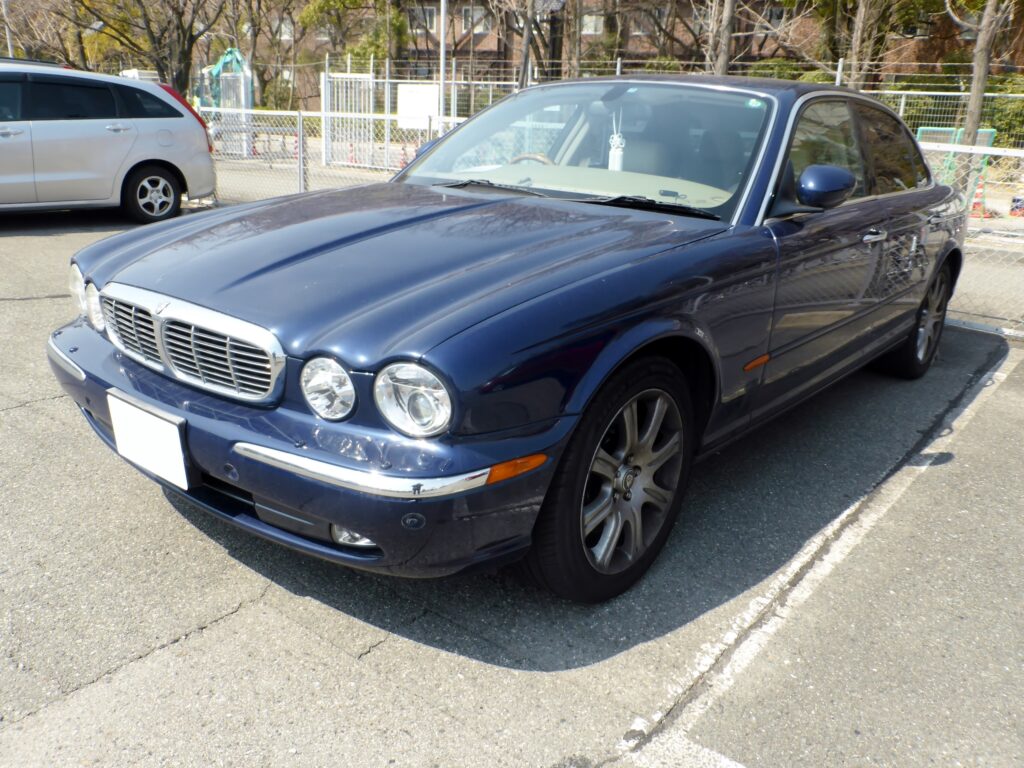
Classic Jaguar seduction—check. Air-suspended bum-massage seats—check. But slap an X350’s VIN on a resale ledger, and watch bidders vanish. According to What Car, the X350 shed nearly 70% of its showroom shine in five years, thanks to finicky air suspension and stubborn electrical quirks. The dashboard wood trim is prone to cracking, too, so those showstopper veneers can peel into embarrassment. Plus, savvy buyers spot a high-mileage XJ a mile away—with no desire to inherit a fleet of fluid-leaks and clubby rattles. Pre-owned dealers will hand you a sob story about “collector love,” but your wallet knows the truth.
Sure, the ride feels like floating on marshmallows, but replacing that suspension is like remortgaging your house—heritage doesn’t come cheap when tiny valves and leaking bags conspire to transform your garage into a high-end sprinkler system. Those fat tires and complex electronics also guzzle alignment checks and module resets as if they were energy drinks. And because Jaguars of this era rarely get generic OE parts, you’ll often be quoted McLaren-level labor rates for seemingly “simple” fixes. No wonder most X350s vanish into private collections rather than dealer lots.
5. Mercedes-Benz SLR McLaren
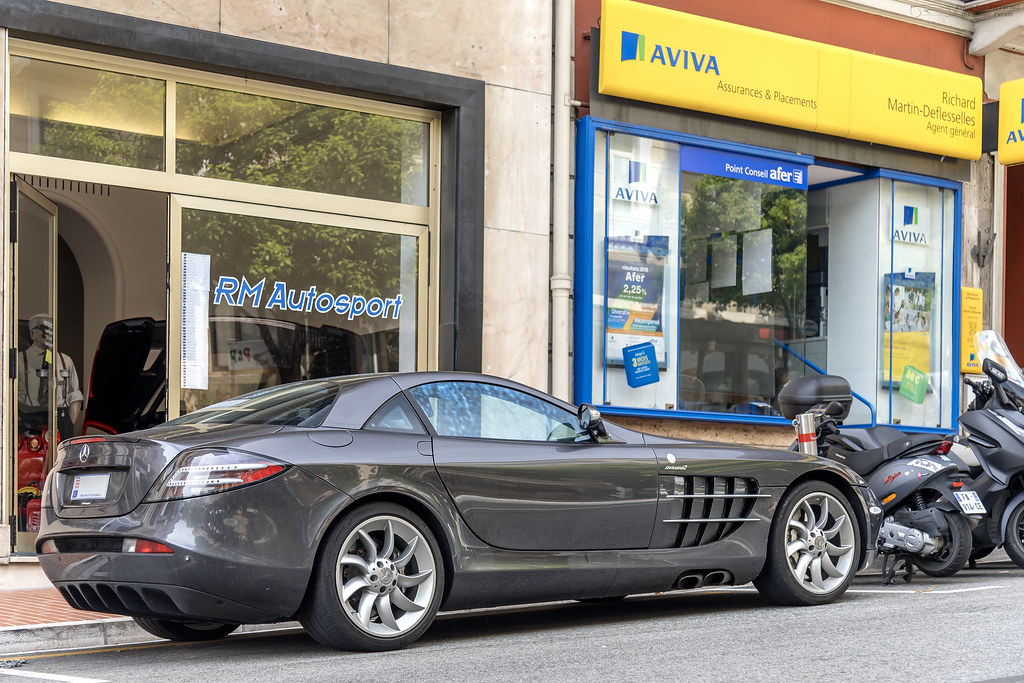
A super-GT with gullwing doors and a heart borrowed from a Formula 1 car—what could go wrong? Plenty, it turns out. The SLR’s eye-watering purchase price was just the start; maintenance easily trumps mortgage payments. As Yalla Moter notes, early SLRs lost nearly 65% of their value within the first seven years. The bespoke carbon-fiber bodywork can’t be patched at your local body shop—one ding means shipping panels back to Europe at eye-watering freight rates. And every service interval reads like a novella of specialist checks: gearbox fluid, active aero calibration, even emblems need inspection.
Beyond scheduled services, carbon-ceramic brake replacements, bespoke tires, and McLaren-only dealerships make the SLR less a car and more an exotic-care subscription… that you definitely don’t want. In practice, these hyper-costly bills mean actual supercar ownership costs eclipse the thrill of its supercharged V8. Depreciation plus dealer-only tech recalls can swallow six figures in running costs over a decade. It might roar down a straight line faster than most road cars, but your bank account will suffer the real burnout. And when it comes time to sell, you’ll find that collectors want low-mileage unicorns, not beat-up daily drivers with five-figure service histories.
6. Lamborghini Gallardo
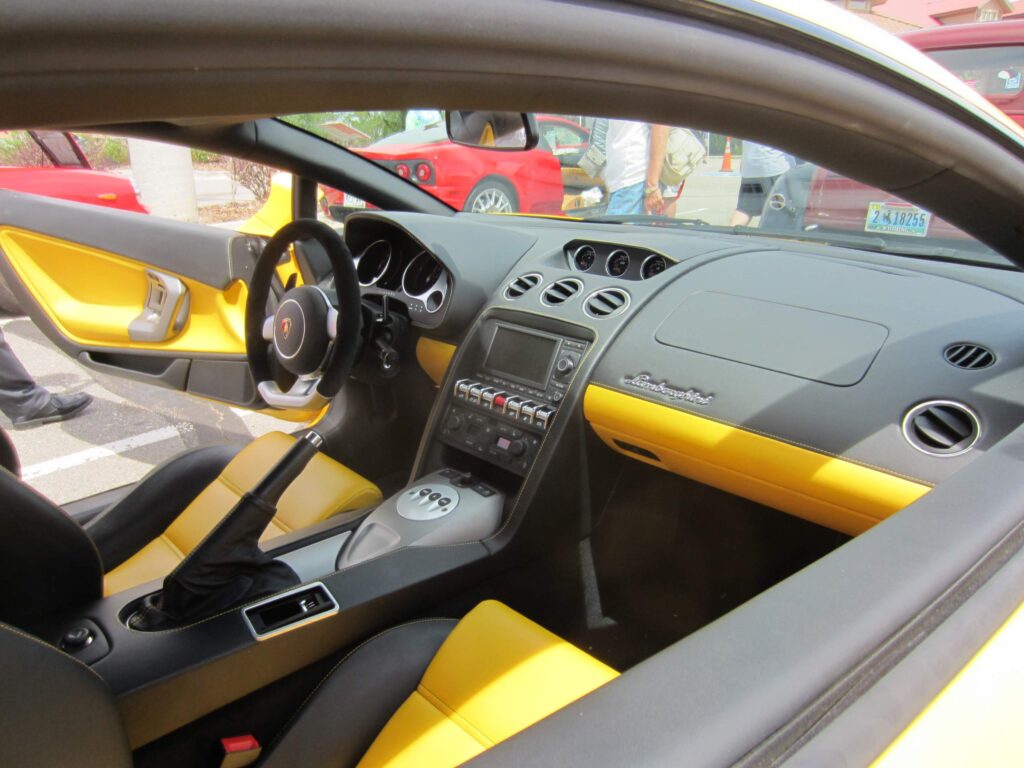
This mid-engine poster child was Lamborghini’s bread-and-butter—so they made a lot of them. Owning something as “common” in Lamborghini terms (thousands built) undercuts that “limited-edition” mystique, so values dipped hard when the Aventador-era hype kicked in. Plus, maintenance bills rival small-home mortgages: routine services, clutch replacements, and exotic-rubber swaps. If you thought the Gallardo’s fight-of-the-century soundtrack made up for any downsides, wait until you see the aftermarket exhaust bill. Insurance companies look at those scissor doors and immediately bump you into “supercar risk” territory, so premiums can feel like a monthly car payment in their own right. And when it comes time for your annual service, brace yourself for dealer-only parts shipped straight from Sant’Agata Bolognese—no eBay bargains here.
It’s a blast for a season or two—zero to 60 in 3.4 seconds will do that—but after grammar school ends, the novelty wears off and you’re left with a glittering red money pit you can’t easily flip. Some owners hang on and hope for classic status, but the Gallardo’s high numbers make that climb a steep one. Plus, drop-in maintenance surprises (failing coils, leaky radiators) can turn a “fun weekend driver” into a full-time project car. In the end, the Gallardo is proof that sometimes the “bread-and-butter” model ends up buttering your bank account instead.
7. Cadillac XTS V-Sport
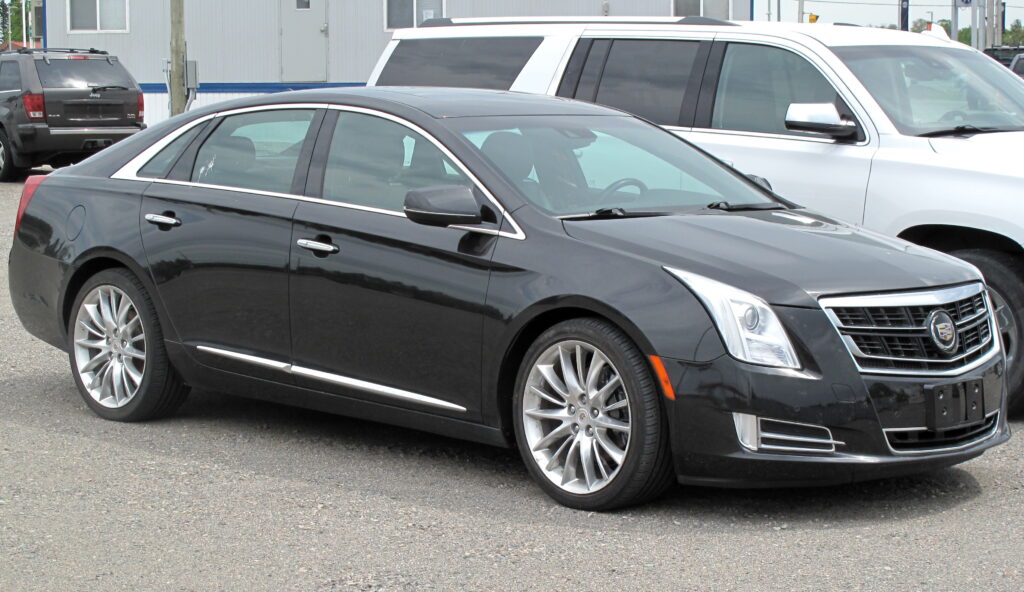
Cadillac’s attempt at a luxury cruiser with V-Sport pizzazz seemed like a bargain… until depreciation hit. Domestic luxury sedans, even with turbo V6 power, tend to hemorrhage value more aggressively than European peers. High-tech features—magnetic ride control, twin-turbo engines—add complexity and cost when they inevitably fail. That techy suspension can give your daily commute the feel of riding on jelly—until the magnetorheological fluids go south and you’re swapping dampers for small fortunes. Onboard electronic aids like lane-keep assist and adaptive cruise control are snappy when they work, but out-of-warranty sensors can cost more to recalibrate than the car’s depreciated worth.
While not a supercar, the XTS V-Sport is a daily driver-sized cautionary tale: pay up front, and keep paying, long after the “new car smell” fades. Parts from the big GM family tree can sometimes be had at discount, but when your V-Sport-specific bits fail, you’re back to Cadillac dealer pricing. The steering feels buttery at first, yet vague at high speeds, and fixing the precision takes an alignment bill that stings. And if you ever try to recoup costs at sale time, your “V-Sport extras” likely won’t net you a penny more.
8. Audi S8 D4
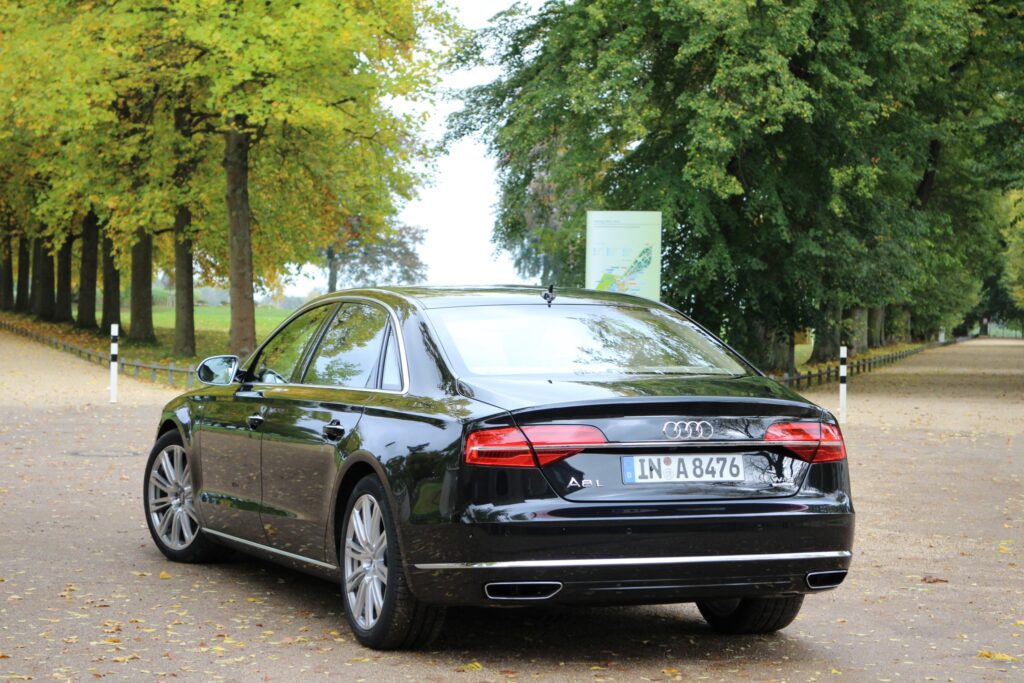
The gorgeous Audi S8 D4 offers W12 power and quattro grip, but that twelve-cylinder hunk of torque has a voracious appetite for maintenance. Tiny oil leaks, timing-chain modules, and overheating quirks can lead to surprise seven-figure repair bills (in rare cases). Combined with the steep depreciation of big-bodied sedans in the SUV era, the S8’s resale is more sidelined than its V12 howl. Swapping out those cylinder deactivation actuators alone can cost more than a gently used compact car. And let’s not forget the rare-air for cabin fragrance: replacing the air-quality sensor after a bout of engine smoke is an unexpectedly exotic expense.
Profit? Not quite. You’ll exchange it for near-junk value in a handful of years, making it more “s” for “sad” than “sport.” The plush rear-seat legroom feels first-class, but only until you factor in the climate-control actuator failures that leave your passengers wilting in summer. That signature LED daytime running light strip looks futuristic, but repairing cracked headlight housings will have you considering a flashlight and duct tape instead. In short, the S8 D4 is a lesson in how “flagship” can become “financial anchor.”
9. Land Rover Range Rover Evoque Convertible
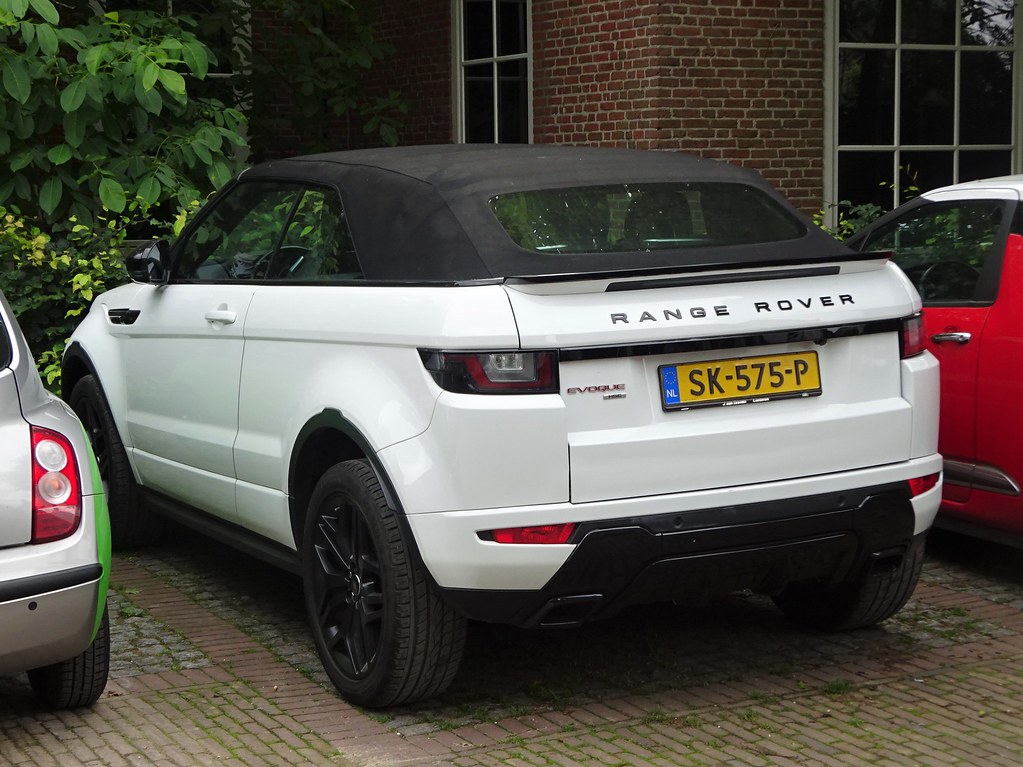
A drop-top Evoque promised paparazzi-ready glam, but in practice, the structural compromises required for a convertible sapped performance, reliability, and value. Earlier Evoque Coupés already had iffy reliability marks; lose your roof and things get worse—water leaks, rattles, and chassis flex. The added bracing to keep the body from twisting ballooned weight, so the engine works overtime just to move the extra pounds. And after a weekend in the rain, prepare for a secondary hobby: drying out interior carpets.
Add an infamously breakable infotainment system, and you’re looking at a car worth maybe half what you paid in just a couple years… and that’s on a good day. The convertible mechanism itself can seize or mis-align, leaving you stuck in “half-open” limbo that’s neither beach-ready nor weatherproof. Replacement fabrics and hydraulic components come with Range Rover premiums, so a simple hood-top oil leak might cost more than your Toyota Camry. Buyers on the used lot see the Evoque drop-top, poke the roof with a skeptical finger, and swiftly swipe left.
10. Porsche Panamera Turbo (first generation)
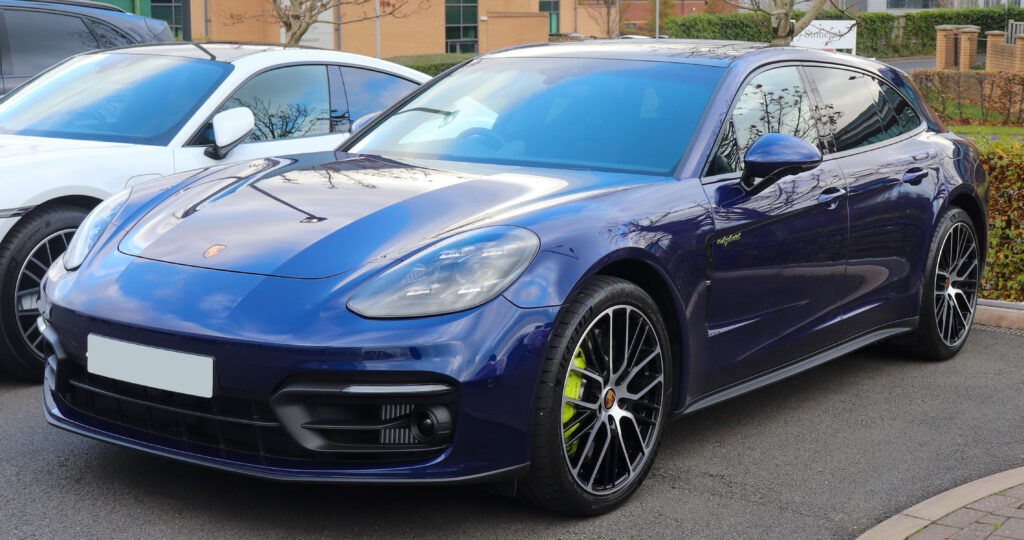
Porsche reliability? Legend says “almost.” But the first-gen Panamera Turbo, with its air suspension and twin-turbo V8, eats front-bumper money on service work. Depreciation for big-luxury hatchbacks is brutal; once people realized it wasn’t simply a 911 in stretched form, prices plunged. Replacing those self-leveling modules can run into four-figure territory per corner, and the burst-leaf air springs have been known to collapse mid-drive. Meanwhile, the under-tray sensors and hydraulic struts demand dealer-only diagnostics, so your weekend driveway tinkering dreams die fast.
Now, what was once a $180K seat-of-your-pants rocket can be snagged for a third of that—if you don’t mind the gargantuan service bills lurking around every corner. Interior trim pieces have a habit of creaking and popping free, so repairing cabin rattles can feel like a scavenger hunt for Porsche-branded clips. Evidently, the “Porsche difference” comes with a price tag well beyond the stroke of the checkbook. In the end, the Panamera Turbo is proof that adopting race-car tech for daily life sometimes turns your bank account into the pit crew.
11. Tesla Model S (2012–2015)
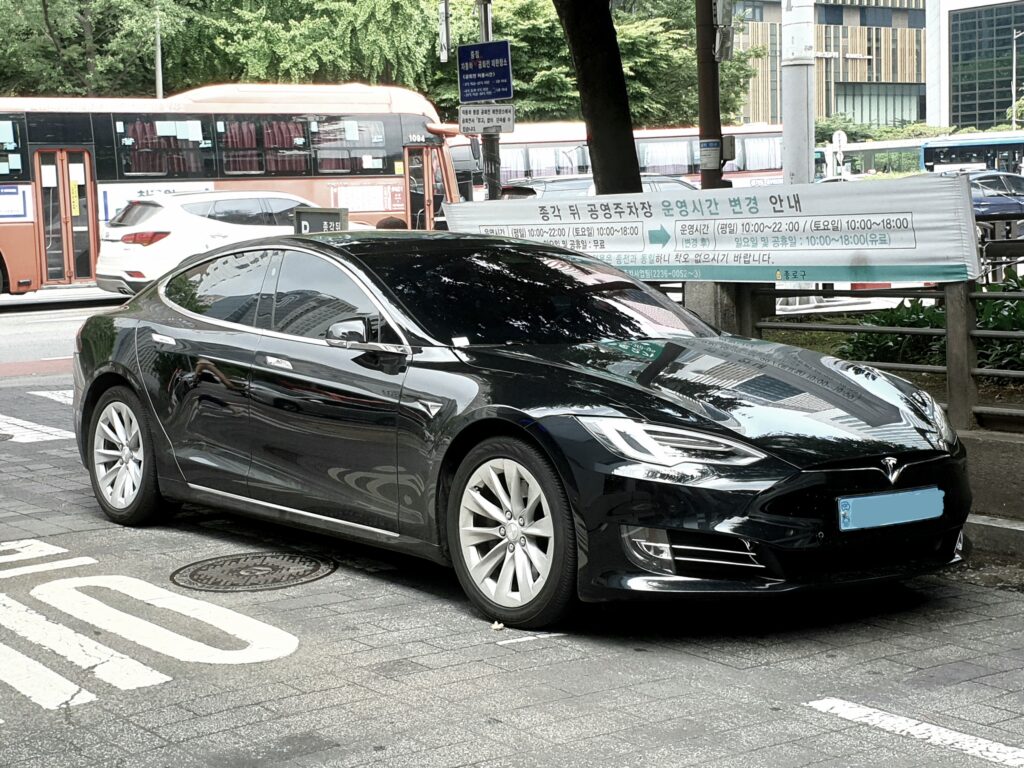
Early Model Ss wowed with instant torque and over-the-air updates, but battery degradation, range anxiety, and looming newer packs meant those OG Teslas lost about 60% of their initial value in five years. Add in pricey replacement batteries and fading autopilot hardware, and your “future-forward” bragging rights become a costly gamble. Replacing a degraded pack can set you back north of five figures, so the math on “infinite warranty” gets murky real quick. And as new models introduced longer range and faster charging, the early units suddenly felt like flip-phones in an iPhone world.
By 2020, you could pick up a pre-2016 Model S for under $30K—great if you’re into EV salvage, less great if you paid six figures new. Those early pano roofs have a reputation for leaking and are a nightmare to reseal, adding to the list of quirks. Repairing the original MCU (media control unit) when it glitches means waiting weeks for parts from Reno or mainland China, so you might find yourself steering with the backup stalks like it’s 2012 all over again. The initial brag of “free Supercharging” often ceased with ownership transfers, too—your commuter charging costs can nibble your savings right back.
This article is for informational purposes only and should not be construed as financial advice. Consult a financial professional before making investment or other financial decisions. The author and publisher make no warranties of any kind.





